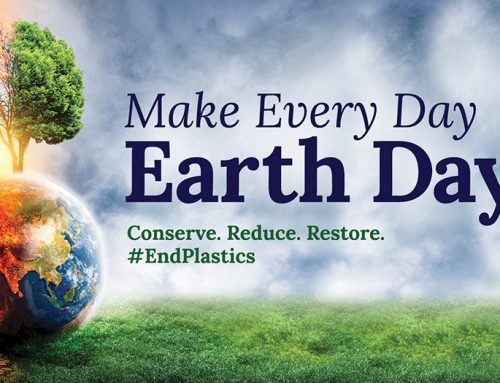In a forward-thinking move to safeguard its water future, the city of Peoria has announced plans to construct five new water wells and a booster pump station, a project aimed at fortifying the city’s water supply amidst ongoing drought conditions.
Strategically located north of Loop 303 and west of Lake Pleasant Parkway, these new wells are designed to act as a reserve in worst-case scenarios, particularly in the event of reduced water allocations from the Colorado River. This initiative marks a significant step in Peoria’s long-term strategy of storing and accumulating renewable water sources to meet the growing demands of its expanding community.
The selected site, south of the Central Arizona Project (CAP) Canal, emerged as a prime location following exploratory water sampling drills, which revealed the area’s abundance of high-quality water reserves, surpassing initial expectations.
Collaboration is key in this endeavor. The Arizona State Land Department (ASLD), the primary landowner in the project area, along with other local stakeholders, are actively involved in the development process, ensuring smooth progress in establishing the well sites and necessary road access for infrastructure.
Funded through a combination of loans and grants from the Water Infrastructure Finance Authority of Arizona (WIFA), including a COVID-19 Stimulus grant, the project carries an estimated cost of $63.5 million. This financial package underscores the project’s significance and the city’s commitment to securing its water resources.
Scheduled to break ground next year, the construction of these new wells is set for completion by spring 2026. This project not only represents a critical investment in Peoria’s water infrastructure but also serves as a proactive response to the challenges posed by climate change and regional water scarcity.
By bolstering its water reserves with these new wells, Peoria is taking a significant leap towards ensuring a reliable water supply for its residents, even in the face of uncertain environmental conditions. This initiative positions the city as a leader in sustainable water management, setting an example for communities grappling with similar challenges.





